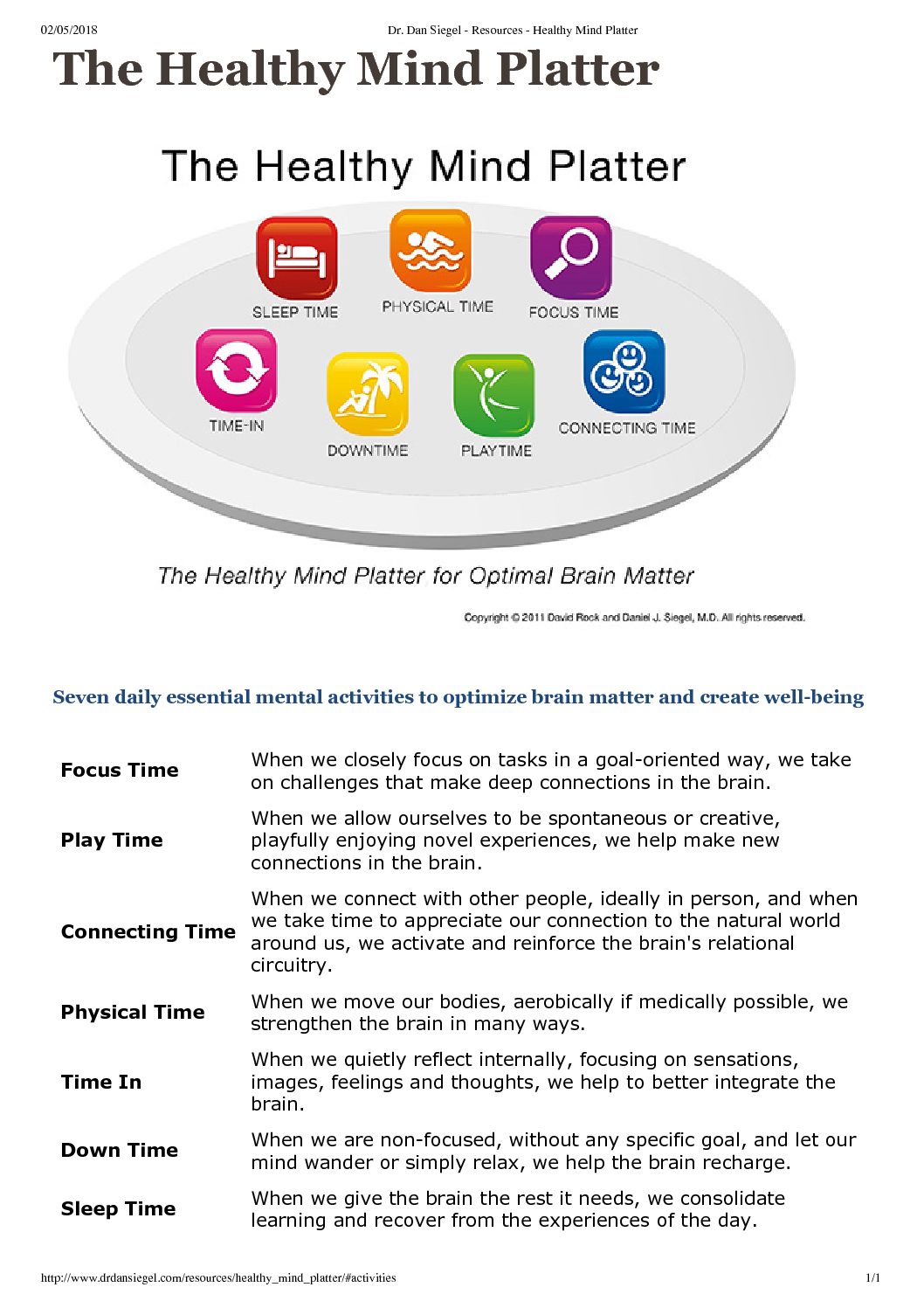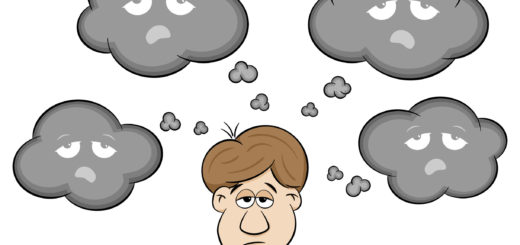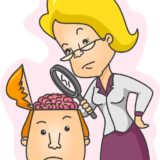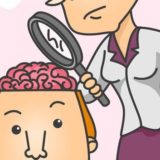Amblyopia – Why Checking Your Child’s Vision is So Important
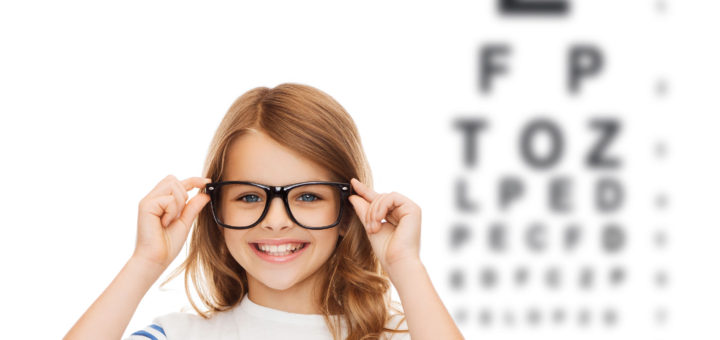
Many Australian children with visual problems that require treatment or monitoring are going undetected.
The visual system continues to develop until the age of 7-10 years. For your child’s vision to develop fully, both eyes require equal vision that is clear for distance and near, and the eyes must be well aligned. Should an issue with any of these requirements remain untreated after age 7, the brain loses its ability to interpret the visual signals even if they’re restored to normal. This results in permanently reduced vision or ‘amblyopia’.
Local optometrist Kylie Zahner is passionate about screening children’s vision. For the past 20 years Kylie has been working hard to build awareness about how important it is to have your child’s vision checked from age 2. This is particularly important if there is a family history of eye problems.
What types of visual problems are there?
Refractive errors
Refractive errors are common conditions that affect how the light is focused onto the retina.
What is Myopia? (Short-sightedness)
Myopia is a common condition that means closer objects are in focus but distant objects are blurred. In normal vision, light entering the eyeball is directed by the cornea and lens so an image is focused exactly on the retina. In myopia, the eyeball is too long, resulting in the image being focused in front of the retina, causing a blurred picture. We don’t know why some people have longer eyeballs but it can be inherited. Vision can be perfectly restored with glasses or contact lenses. For a permanent solution some adults might consider having laser surgery to re-shape the surface of the cornea (LASIK).

Myopia – The eyeball is too long, resulting in the image being focused in front of the retina.
What is Hyperopia? (Long-sightedness)
The hyperopic eyeball is too short, resulting in the image being focused behind the retina. Generally, this means objects in the distance are sharper than near. When looking at near objects, extra effort has to be exerted to focus, which can result in eyestrain and fatigue. It is similarly correctable with lenses.

Hyperopia – The eyeball is too short, resulting in the image being focused behind the retina.
Interestingly, we are all born long-sighted. This is because the lens inside our eye is adult size at birth while the rest of the eye is not yet fully grown so the eyeball is effectively too short. Most of us grow out of it by the time we are aged between 8-10 years.
What is Astigmatism?
In astigmatism the image on the retina is unevenly focused. This is due to variations in the cornea or eyeball shape resulting in a distorted image. Astigmatism is also correctable with glasses, contact lenses and LASIK. It is common and often inherited.
What is strabismus?
Strabismus is a misalignment of the eyes. The eyes can be turned inwards or outwards relative to each other. Sometimes the misalignment is obvious, other times it can be quite subtle. Strabismus can be treated with glasses, or in more severe cases surgery is required to correct the alignment.
What is amblyopia and why is it important to check my child’s vision?
In order for your child’s visual system to develop fully, both eyes require equal vision that is clear for distance and near, and the eyes must be well aligned.
Interpretation of vision by the brain is very complex. In order to appreciate full depth perception, the brain utilises slight differences in the image from each eye to construct a single three-dimensional ‘picture’. If one eye is blurred or the eyes are misaligned then the brain doesn’t know how to interpret this and “turns off” the poorer eye. If this situation is not corrected before age 7, the brain loses ability to interpret vision from the poorer eye even if the problem is subsequently treated. This permanent reduction in vision is known as ‘amblyopia’.
Detecting issues such as myopia, hyperopia, astigmatism or strabismus as early as possible in life enables them to be corrected so that the brain continues to develop normally. If amblyopia is detected early enough, in addition to correcting any refractive or alignment problems with glasses, the better eye can be ‘patched’ for periods of time to encourage the brain to learn to use the poorer eye again.
Children do not tend to notice or complain that their vision is poor. A routine eye check at the optometrist is painless and often fun. Kylie Zahner recommends all children should have their eyes tested from the age of 2 years (or sooner if the eyes look turned) and every two years after this until the age of 10.





